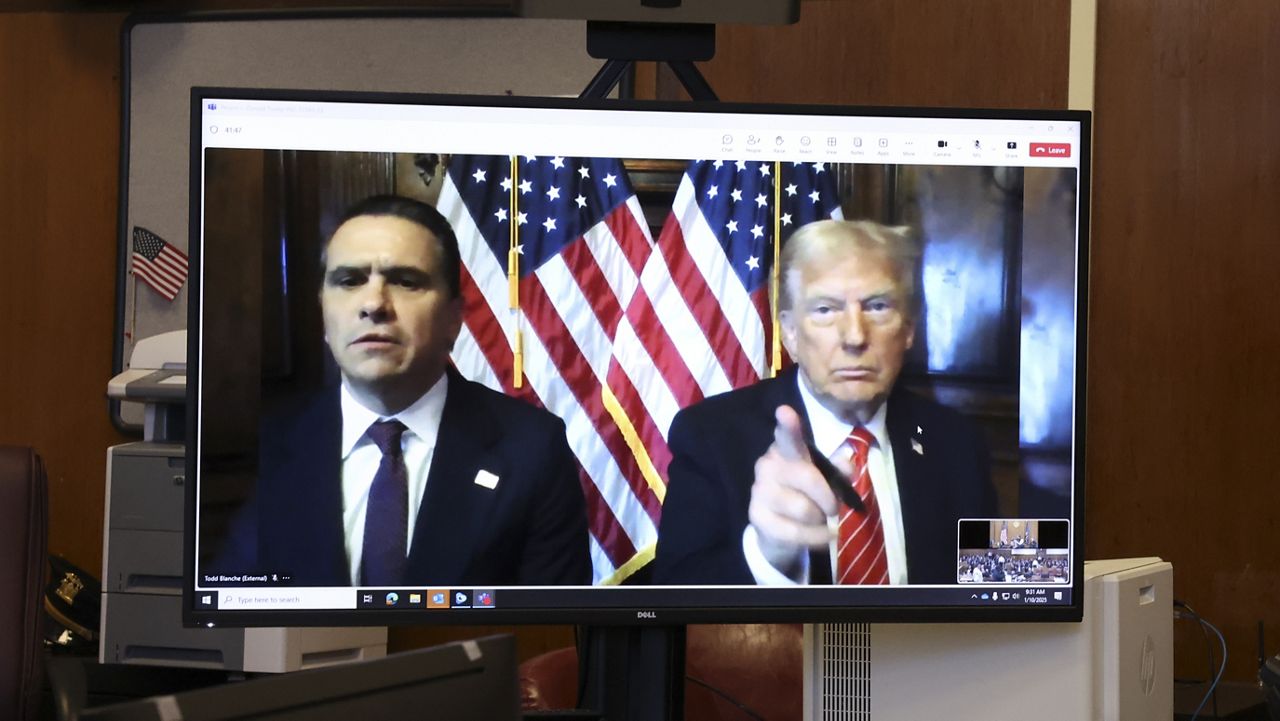Come Friday, many workers in America will have reason to celebrate: low-wage employees across 20 states will receive scheduled pay bumps on Jan. 1, 2021.
By the end of 2021, 24 states in total are expected to have increased their minimum pay from the year before.
Nationwide, the federal minimum wage has remained at $7.25 an hour for nearly 11 years, and 20 states offer wages either equal to or below the federal minimum. According to the National Conference of State Legislatures, five states have not adopted a state minimum wage: Alabama, Louisiana, Mississippi, South Carolina and Tennessee. Georgia and Wyoming have a minimum wage below $7.25.
Of the 20 states implementing pay raises on the first day of the new year, at least nine are doing so incrementally in the hopes of eventually reaching a $15 minimum wage.
New York is the 21st state doing so, and kicked off the trend on Dec. 31, 2020, raising its wages to $14 in Long Island and Westchester and to $12.50 across the rest of the state. New York City employers of all sizes have been required to pay employees a base hourly rate of $15 since 2019. Annual increases for the rest of the state “will continue until the rate reaches $15 minimum wage,” per the state’s Department of Labor.
Florida’s Amendment 2, which passed by a supermajority during the November elections, will raise the state’s minimum wage gradually over the next six years. Under the six-year phase-in, Florida’s state minimum will be upped by only a few cents on Jan. 1, but will increase again on Sept. 30 to $10. The state’s minimum will see a $1 per hour increase each year until it reaches $15 an hour in 2026. Future increases would then return to being adjusted for inflation starting in 2027.
California is another state en route to a $15 minimum wage, and outside of Washington, D.C. currently stands at the nation’s highest hourly rate. Come Jan. 1, businesses in the Golden State employing 26 or more people must pay $14 per hour, and $13 per hour for businesses that have 25 or fewer employees. The increases are part of legislation passed in 2016 that scheduled yearly $1 increases until the state reaches a $15 minimum wage in 2023.
Some states are not yet attempting to reach the $15 per hour milestone, and instead have scheduled wage adjustments to account for inflation. These states include Alaska, South Dakota, and Montana, whose workers will only see small increases in their hourly pay.
Alaska: $10.34 on Jan. 1, 2021
Arizona: $12.15 an hour on Jan. 1, 2021
Arkansas: $11 an hour on Jan. 1, 2021
Colorado: $12.32 on Jan. 1, 2021
Connecticut: $13 on Aug. 1, 2021
Florida: $8.65 on Jan.1, 2021; up again to $10 on Sept. 30, 2021
Illinois: $11 on Jan. 1, 2021
Maine: $12.15 on Jan. 1, 2021
Maryland: $11.75 on Jan. 1, 2021
Massachusetts: $13.50 on Jan. 1, 2021
Minnesota: $10.08 for large employers and $8.21 for small employers on Jan. 1, 2021
Missouri: $10.30 on Jan. 1, 2021
Montana: $8.75 on Jan. 1, 2021
Nevada: $8.75 for employees offered health benefits and $9.75 for employees not offered health benefits on July 1, 2021
New Jersey: $12 on Jan. 1, 2021
New Mexico: $10.50 on Jan. 1, 2021
Ohio: $8.80 on Jan. 1, 2021
Oregon: $12.75 for most areas, $14.00 in Portland and $12.00 in non-urban counties on July 1, 2021
South Dakota: $9.45 on Jan. 1, 2021
Vermont: $11.75 on Jan. 1, 2021
Virginia: $9.50 on May 1
Washington: $13.69 on Jan. 1, 2021
Washington, D.C.: $15 on July 1, 2021









